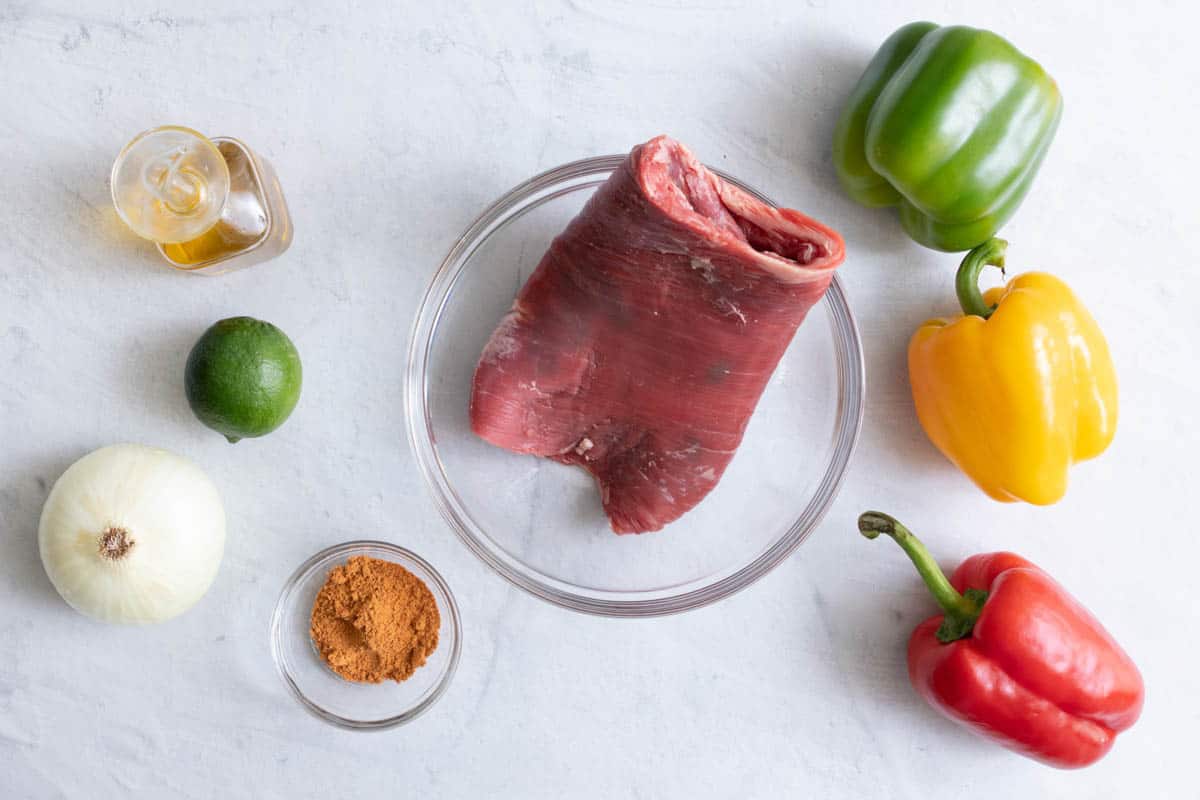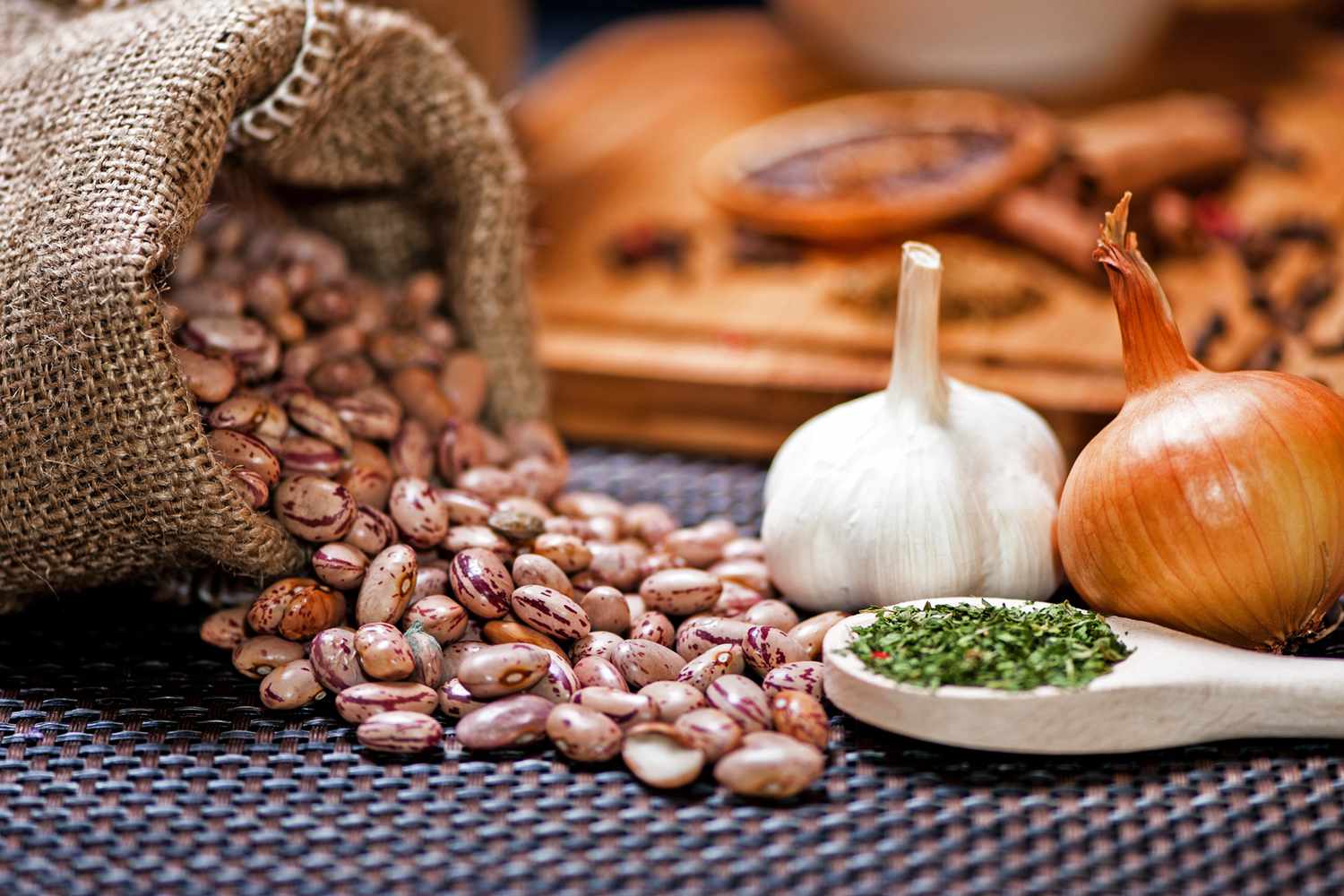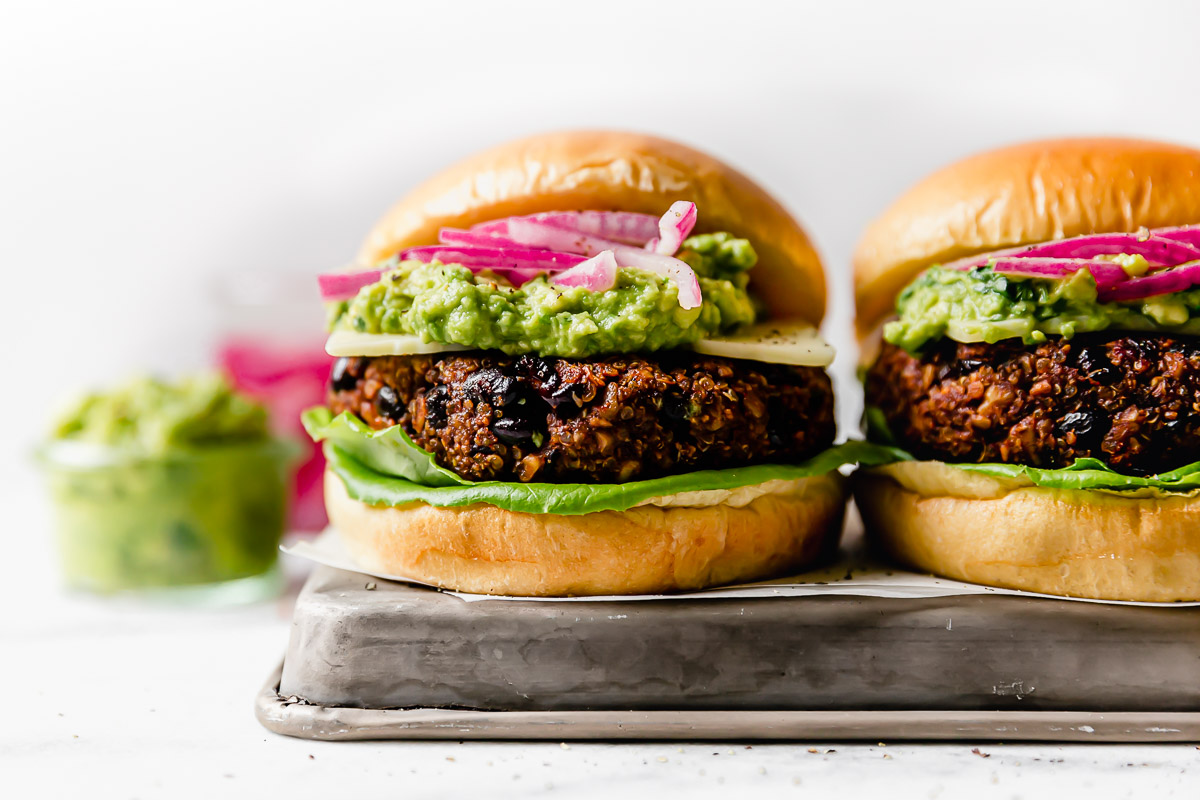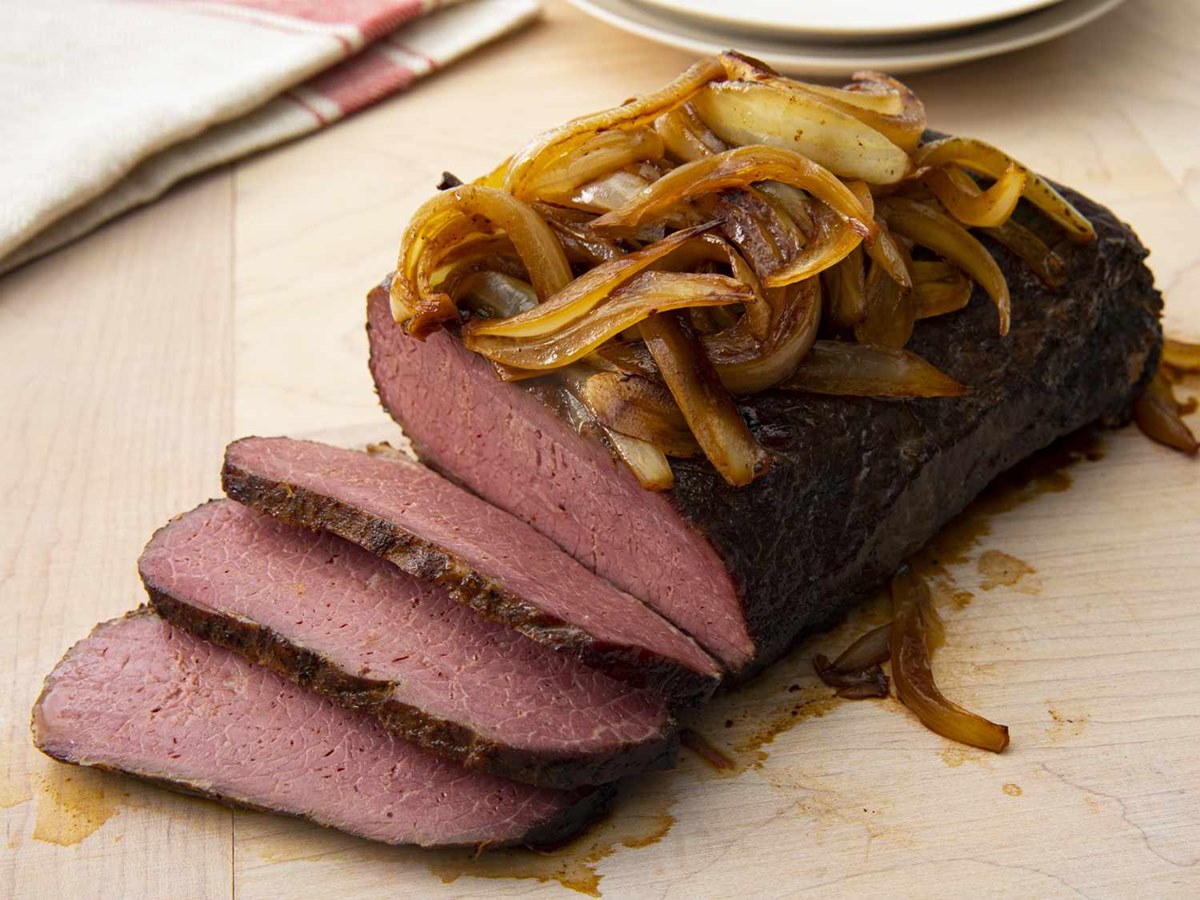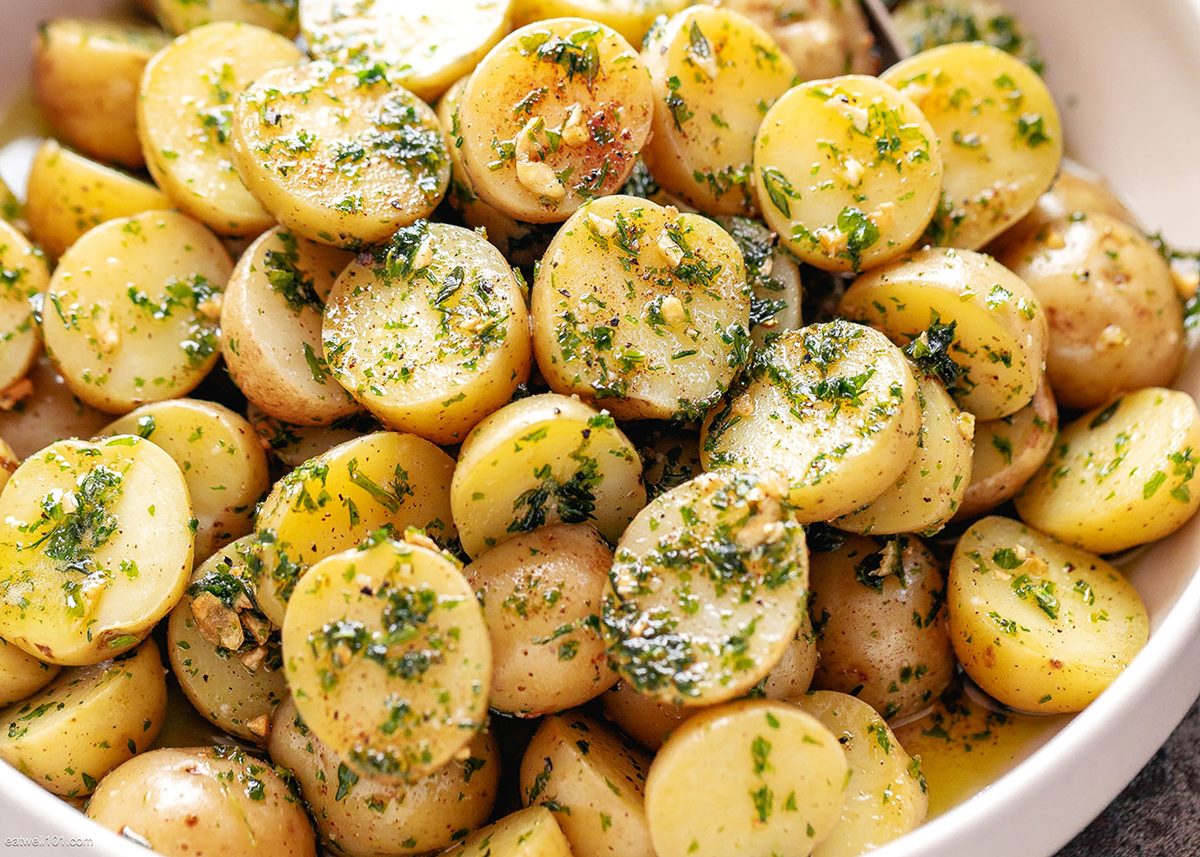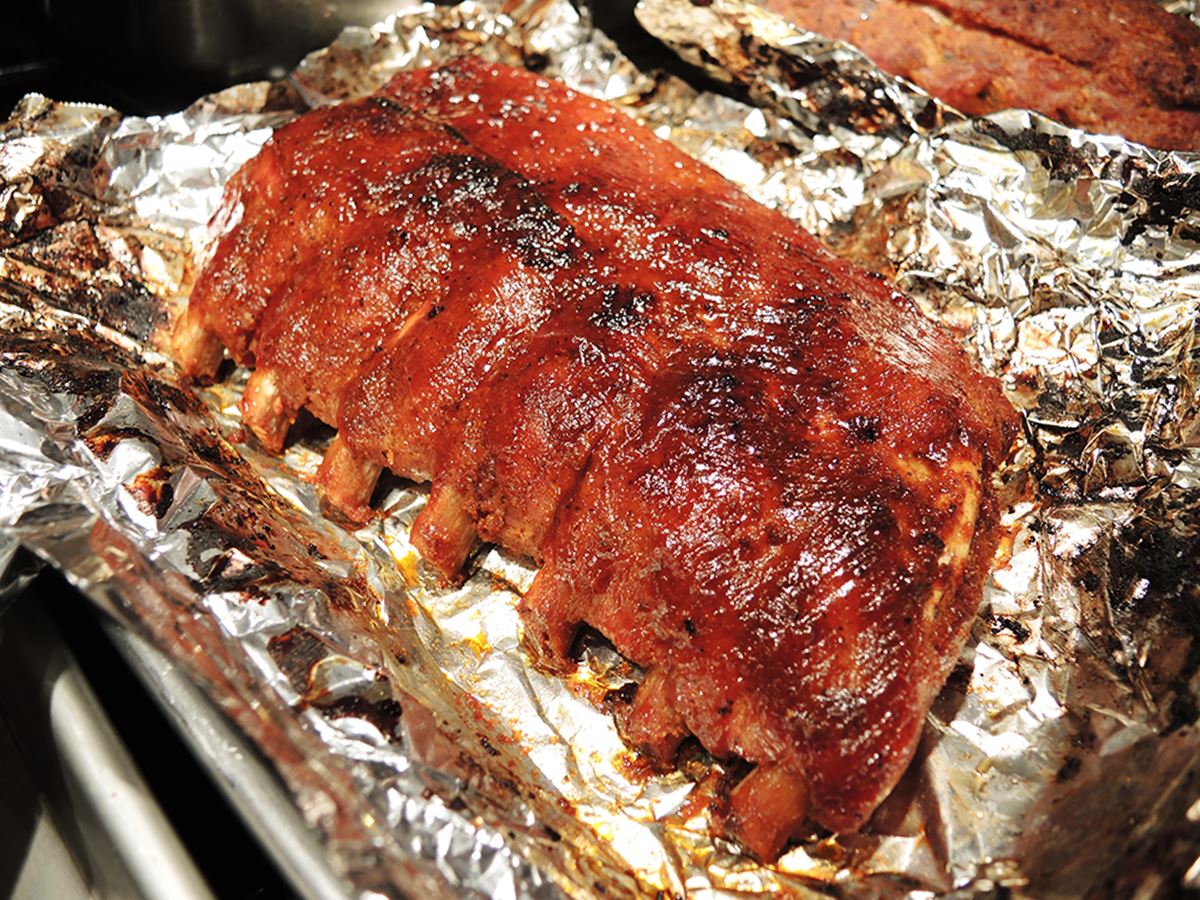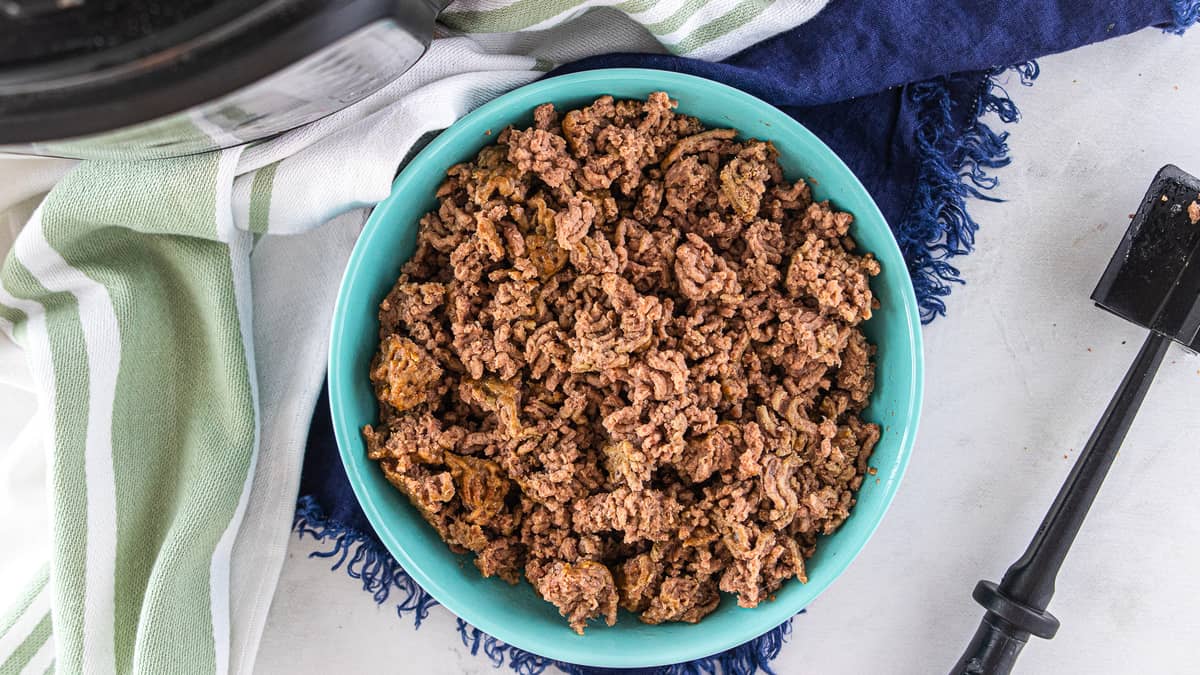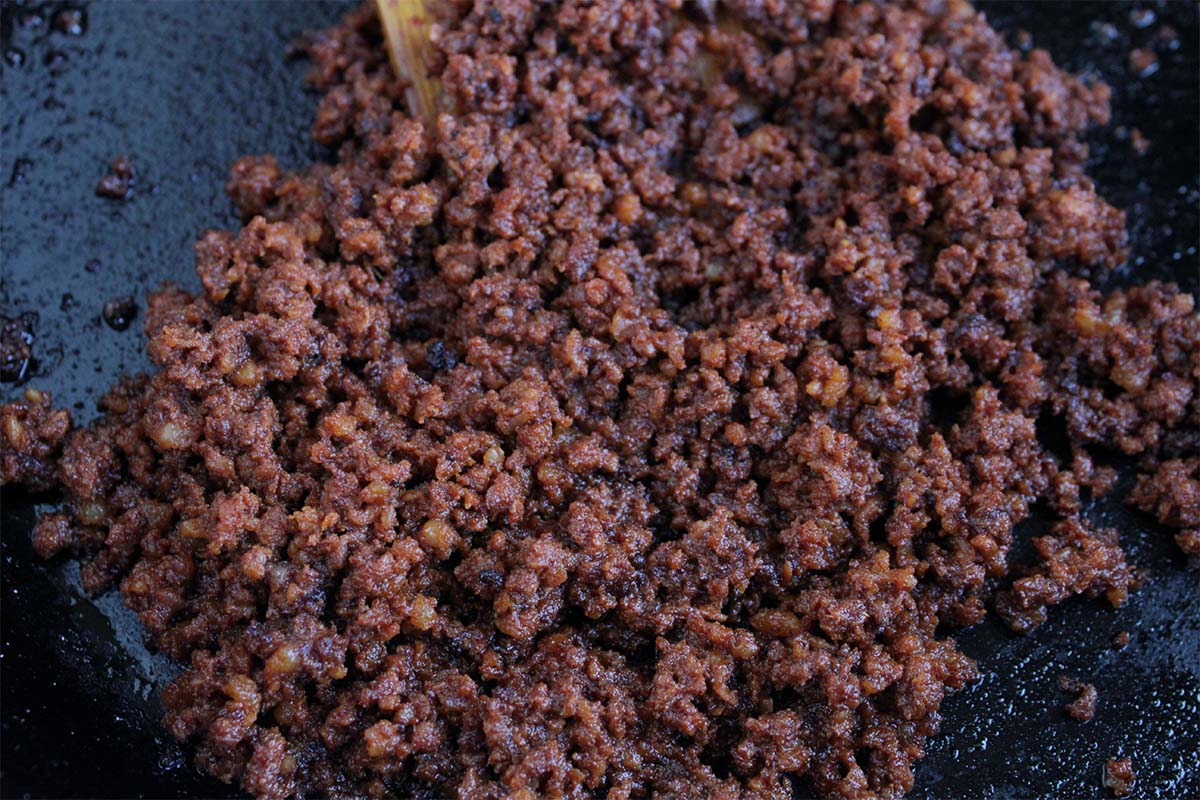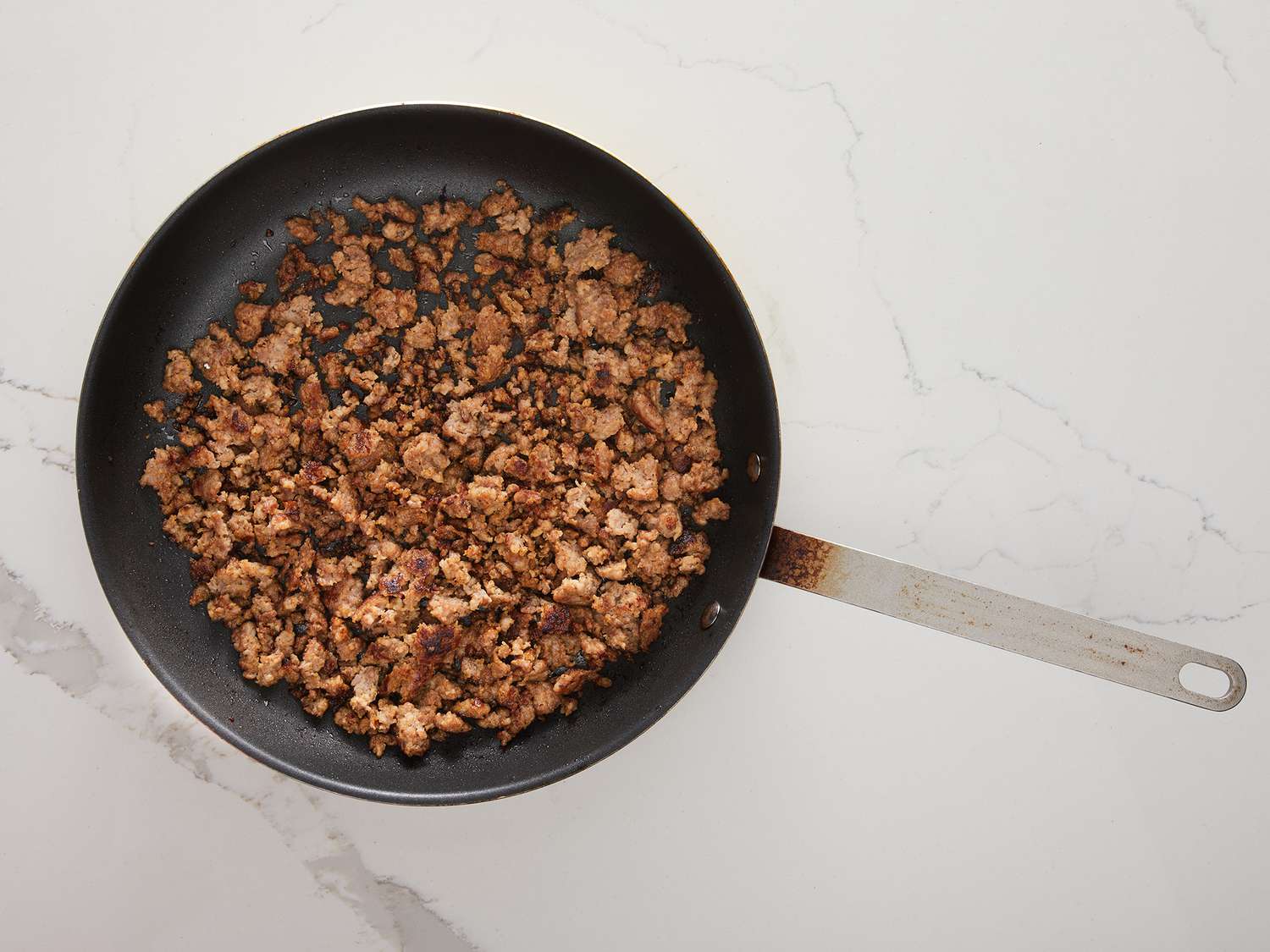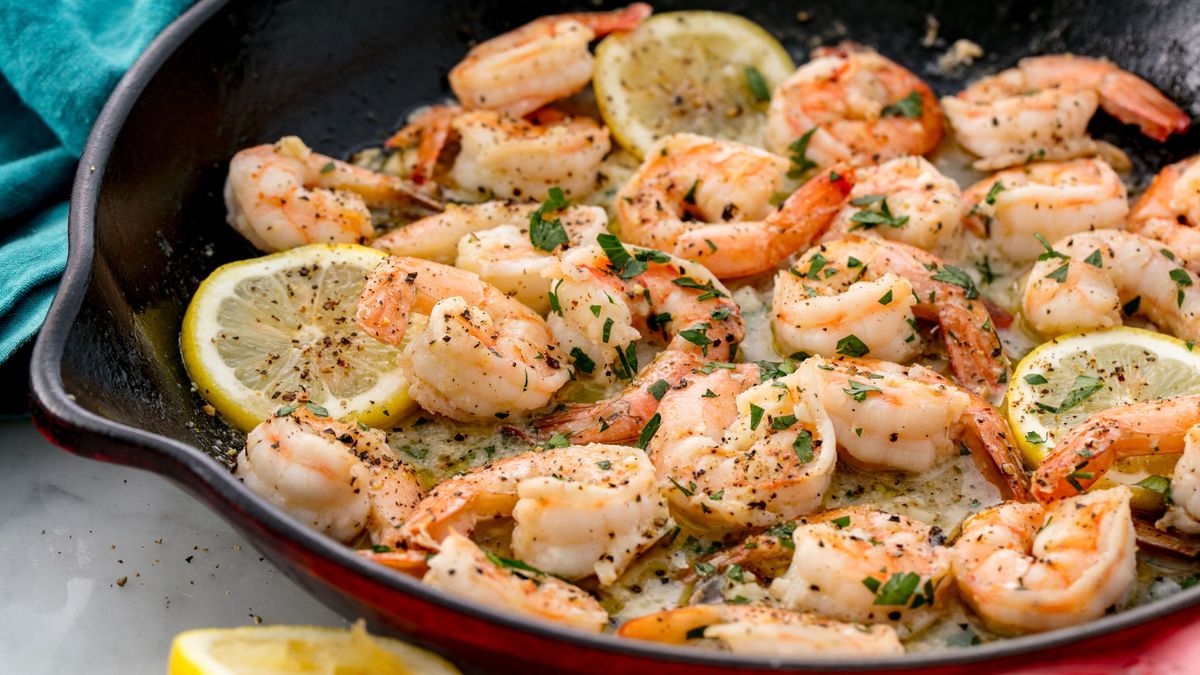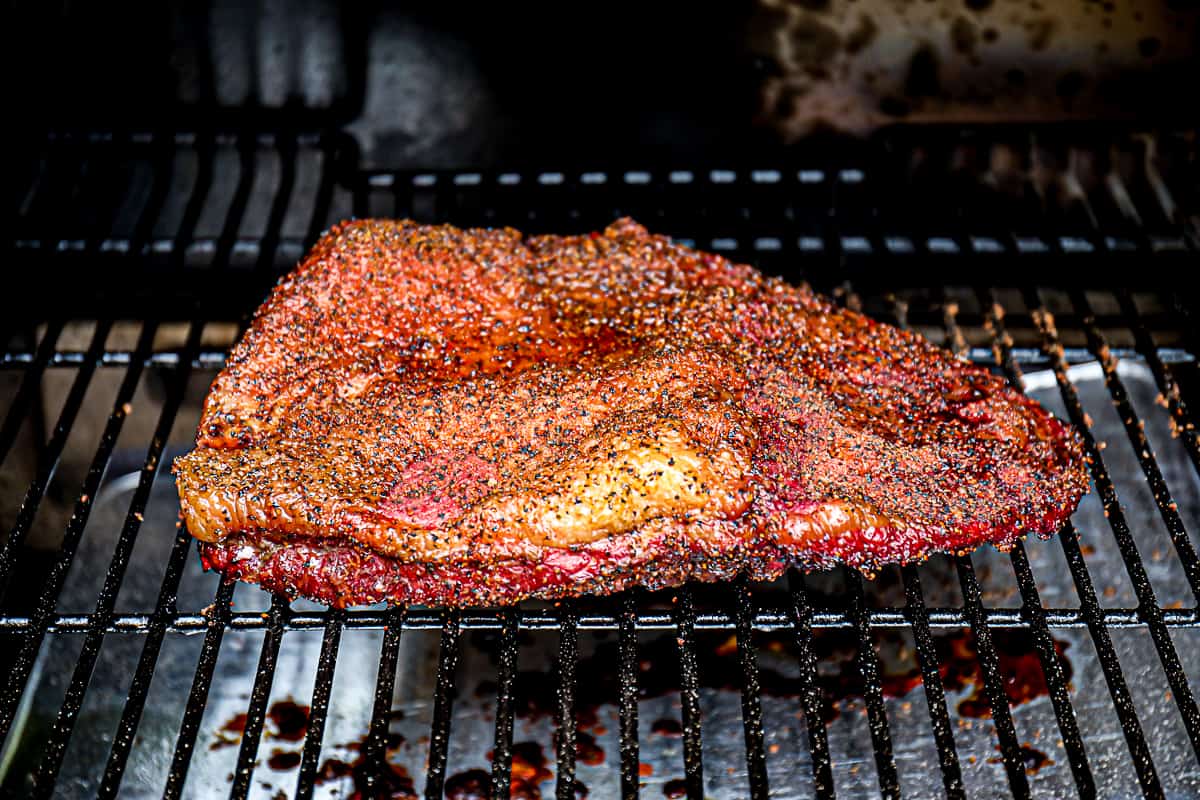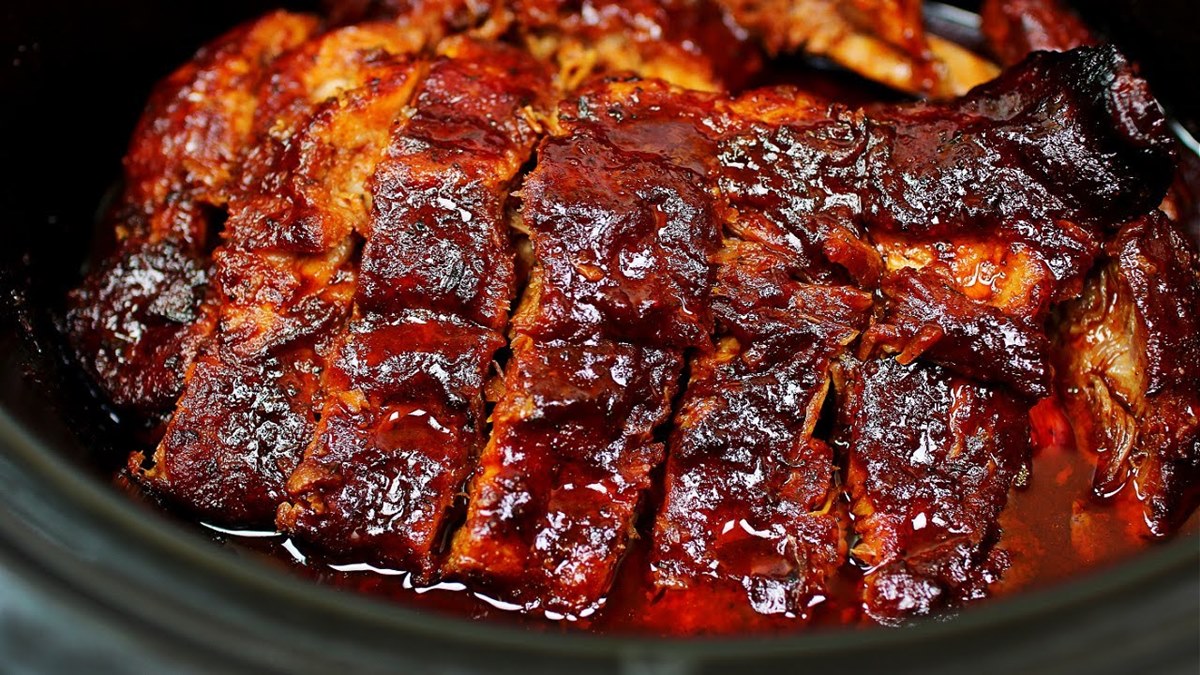Unlock the Delightful Flavor of Frozen Black-Eyed Peas
Hello there, fellow foodies! Are you ready to embark on a culinary adventure today? If you’ve ever wondered how to cook frozen black-eyed peas, you’ve come to the right place. Whether you’re a seasoned chef or a curious home cook, I’m here to guide you through the process of transforming these frozen legumes into a delectably nutritious dish.
Why Choose Frozen Black-Eyed Peas?
Black-eyed peas are a versatile and protein-packed legume that can elevate any meal. When it comes to convenience, frozen black-eyed peas are a fantastic option. With freezing preserving their natural goodness, you can enjoy this delicious ingredient any time of the year.
Prepping Your Frozen Black-Eyed Peas for Cooking
Before we dive into the cooking process, it’s essential to properly prepare your frozen black-eyed peas. Follow these simple steps to ensure a delightful outcome:
- Thawing: Place the frozen black-eyed peas in a colander and rinse them under cool running water to speed up the thawing process.
- Soaking: Soak the peas overnight in a bowl of cold water to help soften them and promote even cooking. This step is optional but highly recommended for optimal texture.
- Draining: After soaking, drain the peas and give them a final rinse to remove any excess water.
Bringing Out the Flavor of Black-Eyed Peas
A vital step in cooking frozen black-eyed peas is enhancing their flavor. Follow these tips to achieve a culinary masterpiece:
- Seasoning: Spice up your dish by adding aromatic herbs and spices like garlic, onion powder, bay leaves, or smoked paprika. Be creative and experiment with flavors that excite your taste buds.
- Broth or Stock: Cooking black-eyed peas in vegetable or chicken broth instead of plain water can infuse them with extra depth and dimension.
Simple Stovetop Method for Cooking Frozen Black-Eyed Peas
Now that we’ve prepared our frozen black-eyed peas and infused them with flavor, it’s time for the main event—the cooking process! Here’s a simple stovetop method:
- In a large pot, heat some olive oil over medium heat.
- Add diced onions and sauté until translucent.
- Next, add minced garlic and sauté for an additional minute.
- Drain and rinse your soaked black-eyed peas before adding them to the pot.
- Pour in enough broth to cover the peas entirely.
- Add your desired herbs and spices, such as bay leaves, thyme, and a pinch of salt.
- Bring the mixture to a boil, then reduce the heat to low and cover the pot.
- Simmer gently, stirring occasionally, for about 40-50 minutes or until the peas are tender but not mushy.
- Once cooked, remove the bay leaves and adjust the seasoning according to your preferences.
And voila, your perfectly cooked frozen black-eyed peas are ready to be devoured!
Delicious Serving Ideas
Now that you have a delightful pot of cooked black-eyed peas, let’s talk about the endless possibilities for serving them:
- Enjoy them as a simple side dish with grilled chicken or fish.
- Add them to salads, wraps, or sandwiches for an extra protein boost.
- Make a flavorful black-eyed pea curry by combining them with a rich tomato-based sauce and Indian spices.
- Create a Tex-Mex-inspired dish with black-eyed peas, rice, and your favorite toppings like salsa, avocado, and sour cream.
Remember, cooking is an art, and these serving ideas are just the beginning. Get creative in the kitchen and let your culinary imagination soar!
Final Thoughts
Cooking frozen black-eyed peas is a delightful way to explore the vast world of flavors and textures. With a few simple steps, you can unlock the natural goodness of this nutritious legume. So don your aprons, gather your ingredients, and let’s get cooking!
If you found this article helpful, please share it with your fellow food enthusiasts. And don’t forget to experiment, adapt, and make these frozen black-eyed peas your own. Happy cooking!
Recipes and More Ways to Use This Guide
Once you've mastered the basics of cooking frozen black-eyed peas, a world of flavorful possibilities awaits you in the kitchen. From hearty stews to zesty salsas, these peas can transform into a myriad of dishes that cater to various tastes and dietary preferences. For a traditional approach, the Southern Black-Eyed Peas and Ham Hock Recipe is highly recommended, steeped in rich flavors and perfect for those looking to capture a taste of the South. Vegetarians might gravitate towards the Vegan Black-Eyed Pea Stew Recipe, which offers a robust and comforting meal. If you're in the mood for something that packs a punch, the Spicy Black-Eyed Pea Salsa Recipe is an excellent choice, ideal for spicing up any gathering. Each recipe provides a unique way to further utilize the techniques discussed in the guide, encouraging you to expand your culinary repertoire and enjoy the versatility of black-eyed peas.
Was this page helpful?
Read Next: How To Cook Ribs In Foil In Oven
